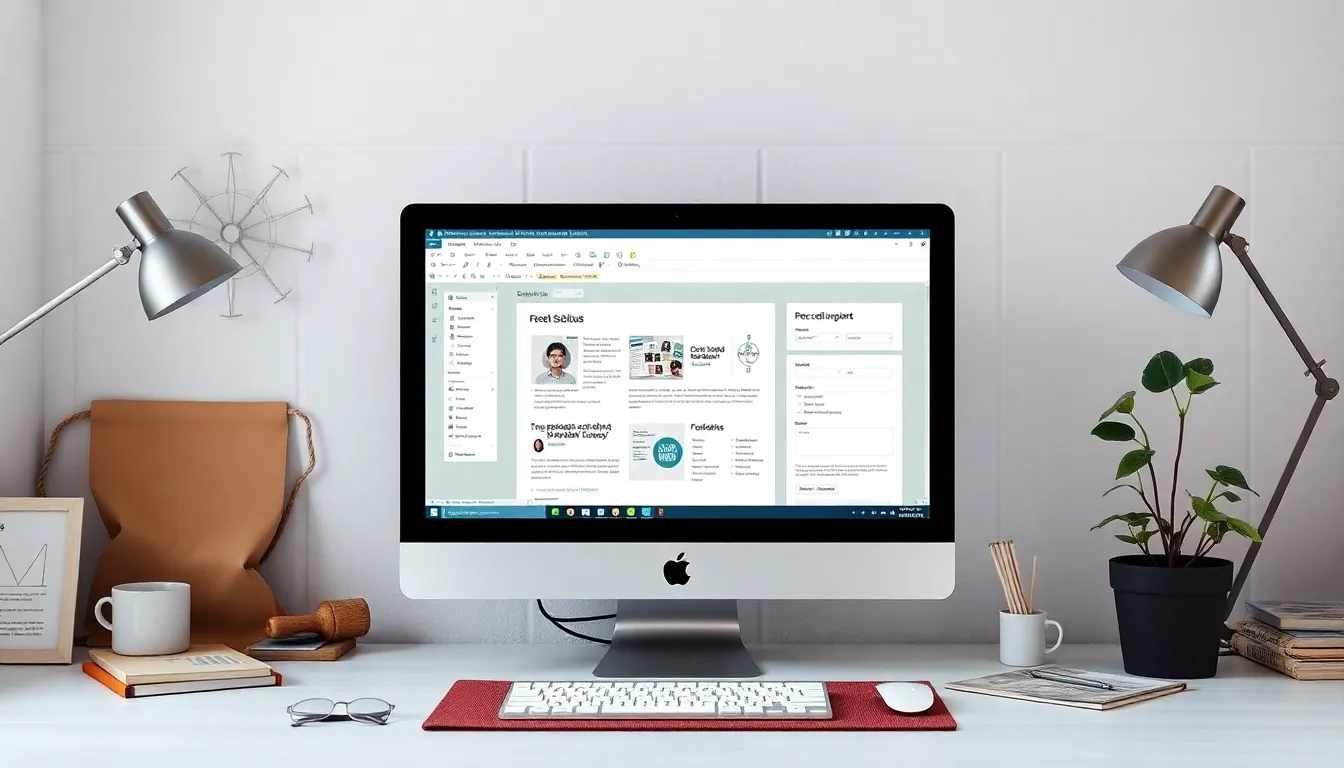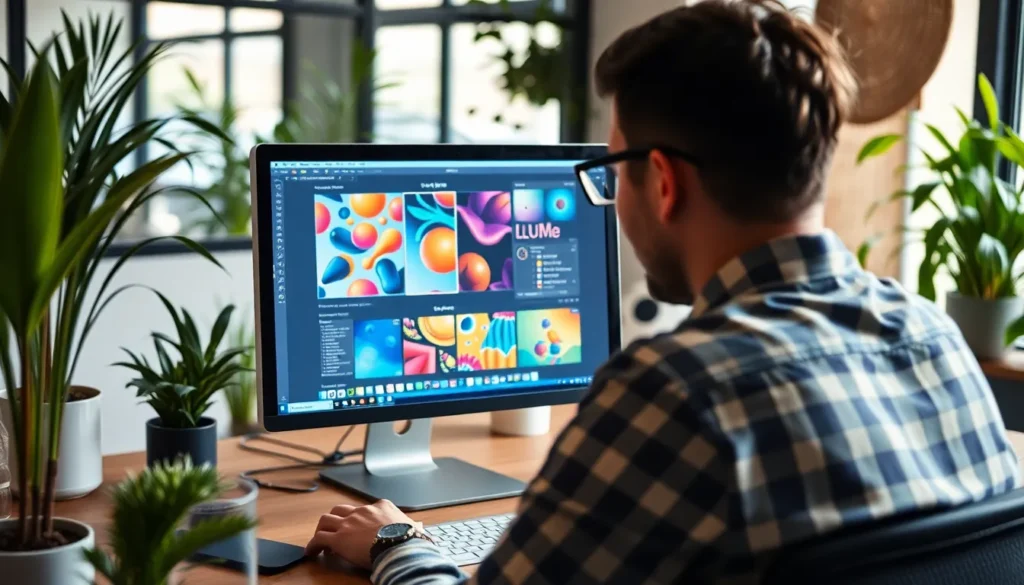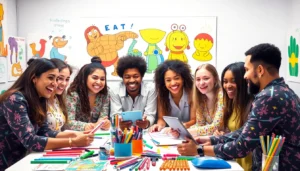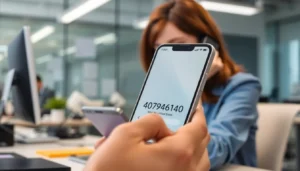In a world where the environmental crisis often feels like an uphill battle, innovative solutions are more crucial than ever. Enter ShotScribus software, the unsung hero of eco-friendly design. This powerful tool doesn’t just create stunning graphics; it also champions sustainability by minimizing waste and maximizing efficiency. Who knew that designing a flyer could save the planet?
Table of Contents
ToggleOverview of Shotscribus Software
ShotScribus software serves as a powerful tool for graphic design and layout creation. Designed with both users and the environment in mind, it facilitates impressive graphic outputs while minimizing resource consumption. The platform allows for efficient use of materials, which directly contributes to reducing waste in production processes.
Functionality includes intuitive design features that streamline workflows. Users can create high-quality documents, thereby reducing the need for repeated prints and edits. Enhanced collaboration options also support paperless communication, promoting digital sharing over traditional methods.
Moreover, ShotScribus provides templates and options for environmentally responsible designs. Users can select specific paper sizes and formats suited for optimal printing efficiency. This capability reduces excess material usage, influencing less waste generation.
Accessibility remains a critical advantage, with ShotScribus offering compatibility across various operating systems. Its open-source nature encourages a community-focused approach, where users share tips and techniques for sustainable design practices. The knowledge exchange fosters a collaborative environment dedicated to eco-friendly solutions.
Adaptive features further improve user experience, allowing adjustments that align with sustainable goals. These adaptations support conscious choices in design, emphasizing the importance of environmental impacts. Users benefit from understanding how their design decisions affect sustainability.
Overall, ShotScribus acts as a bridge between creativity and environmental responsibility. By integrating sustainable practices into graphic design, it empowers designers to contribute to conservation efforts while producing high-quality work. This synergy between efficiency and eco-friendliness defines the essence of ShotScribus software.
Environmental Benefits of Using Shotscribus

ShotScribus offers significant environmental advantages through its innovative features, promoting a sustainable design approach.
Reducing Paper Waste
ShotScribus minimizes paper waste by enabling precise layout designs. Users can create documents that require fewer pages through optimal formatting, reducing excess paper use. Efficient editing features decrease the frequency of print revisions. This software also allows for generating digital proofs, encouraging users to share files electronically rather than printing multiple copies. Templates specifically designed for eco-friendly standards help users choose appropriate paper sizes and formats, further cutting unnecessary material. Adopting these practices leads to decreased printer usage, which aligns with sustainable goals.
Energy Efficiency
Energy efficiency is a critical component of ShotScribus. The software’s streamlined workflows reduce the time required for design projects. Users experience less frequent power-intensive processes due to its capability of refining layouts digitally before printing. Utilizing open-source technology, ShotScribus promotes community sharing of design resources, minimizing the need for individual energy consumption on redundant projects. Collaborative tools enhance remote communication, supporting a paperless environment. This shift not only lessens energy use but also encourages a broader commitment to eco-conscious practices, highlighting the importance of efficiency in modern graphic design.
Enhancing Digital Communication
ShotScribus software significantly improves digital communication while promoting environmental sustainability. Its features streamline the design process, reducing the need for physical resources.
Promoting Sustainable Practices
ShotScribus encourages sustainable design practices through its accessible templates. Users can choose optimal paper sizes and formats, minimizing material waste. The software’s efficient editing capabilities allow for quick adjustments, resulting in fewer print revisions. Choosing digital proof options further supports conservation efforts. Designers save resources by sharing files electronically rather than printing multiple copies. Such practices demonstrate that even small changes in design workflows contribute to a larger environmental impact.
Supporting Remote Collaboration
Remote collaboration thrives with ShotScribus’s user-friendly features. Real-time sharing of design files enhances teamwork across various platforms. As a result, multiple users can contribute to a project simultaneously, regardless of location. The ability to access designs on different operating systems allows for versatile collaboration. Enabling paperless workflows reduces the carbon footprint associated with physical document exchanges. Users can communicate design revisions instantly, fostering efficiency and productivity while promoting eco-friendly work practices.
Case Studies and Success Stories
Numerous organizations successfully utilize ShotScribus software to enhance design efficiency while promoting sustainability. A nonprofit focused on environmental advocacy achieved remarkable results by adopting ShotScribus for their marketing materials. This organization reduced print waste by 60% through precise layout designs, allowing them to produce stunning graphics without excessive paper use.
An educational institution also turned to ShotScribus for its visual communications. By implementing the software, the school cut down on the number of printed handouts. They transitioned to digital file sharing, which resulted in a 50% decrease in paper consumption. Improved collaboration among staff contributed to this decrease, as real-time sharing enabled educators to work together effortlessly.
Another case highlights a small publishing house that embraced ShotScribus for creating eco-friendly publications. This publishing house utilized the software’s customizable templates, optimizing paper sizes and formats to limit material excess. Their commitment to resource-efficient design not only helped in reducing waste but also attracted environmentally conscious readers.
Furthermore, a design agency specializing in sustainable branding adopted ShotScribus to streamline its projects. By leveraging efficient editing capabilities, this agency minimized print revisions, achieving quicker delivery times for clients. The integrated digital proofing system reduced the need for multiple hard copies, aligning perfectly with their eco-friendly approach.
Additionally, several freelancers leverage ShotScribus features to support their clients’ sustainability goals. By adopting paperless workflows, these designers can create high-quality portfolios while minimizing their carbon footprints. As a result, they contribute to a collective effort in promoting environmentally responsible practices within the creative industry.
These success stories illustrate the potential of ShotScribus software in driving eco-friendly design practices across various sectors. Each example demonstrates how embracing digital tools leads to significant environmental benefits while fostering a culture of sustainability.
ShotScribus software stands out as a vital tool in the quest for environmental sustainability. Its innovative features allow users to create efficient designs that significantly reduce waste and energy consumption. By promoting digital collaboration and minimizing the need for physical prints, it fosters a culture of eco-friendly practices in the creative industry.
The success stories of various organizations highlight the tangible benefits of adopting ShotScribus. As more designers and businesses embrace this software, they contribute to a collective movement towards responsible design. Ultimately, ShotScribus not only enhances creativity but also champions a greener future, proving that effective design and environmental stewardship can go hand in hand.





